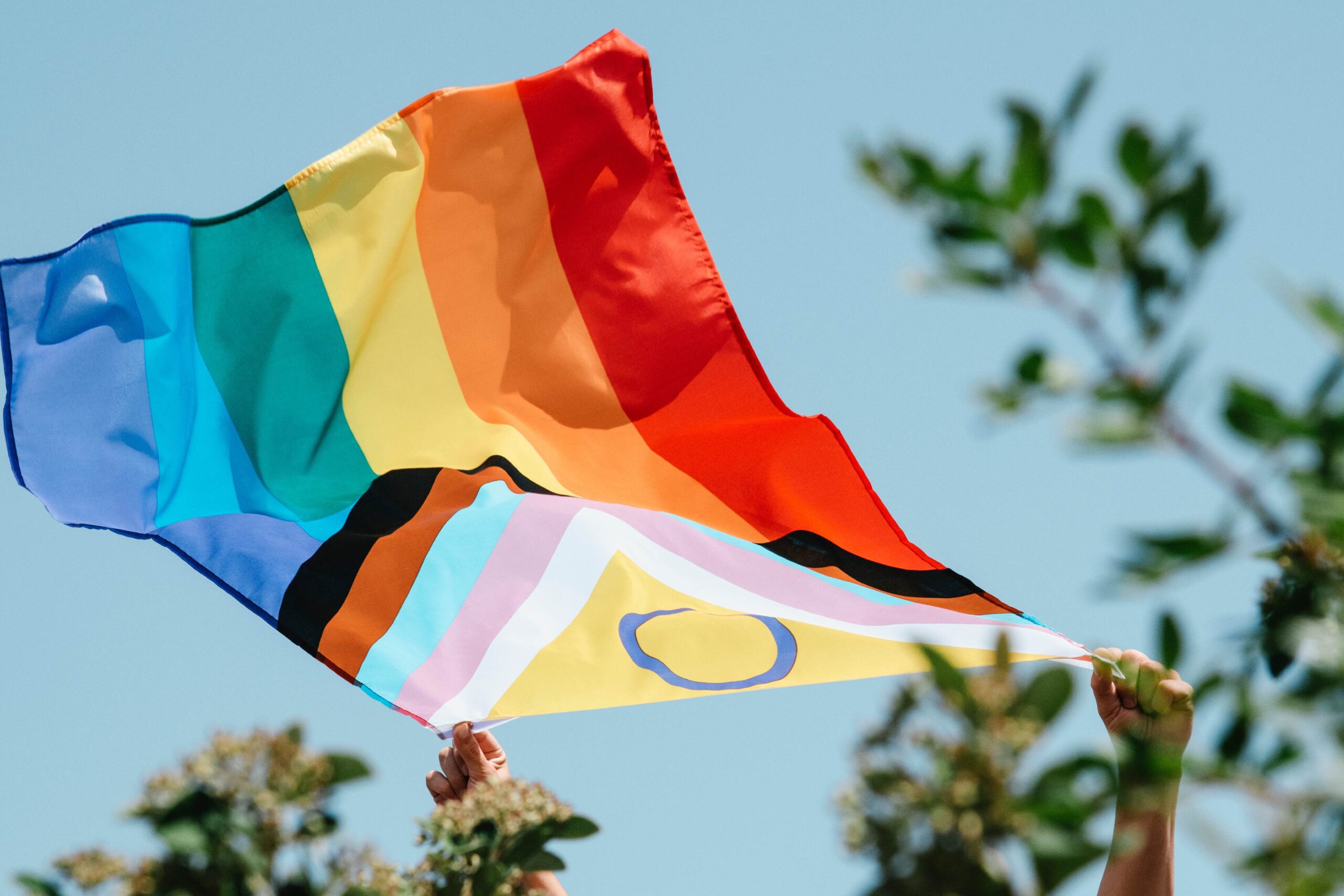On June 28th 1969, police raided the Stonewall Inn, a gay club in Greenwich Village, New York. The raid sparked a riot, with patrons of the club, staff members and neighbourhood residents protesting and clashing with the police in the street outside the club for almost a week. Nobody was seriously injured, but the situation did become dangerous when the police barricaded themselves inside the Stonewall Inn and the rioters attempted to set it on fire.
The Stonewall Riots were a significant milestone for the Gay Rights Movement, leading to the formation of numerous Gay Rights organisations including the Gay Liberation Front and the Human Rights Campaign. A year later, on the anniversary of the Riots, thousands of people marched through the streets of Manhattan from the Stonewall Inn to Central Park in what was America’s first Gay Pride parade. This parade marked the birth of Pride Month, which at the time, aimed to commemorate the Stonewall Riots and galvanise the push for the liberation of the gay community. Today, Pride has grown to encompass all sexual orientations, and Pride Month has developed into a time to honour the LGBTQIA+ Rights Movement and to celebrate the community’s culture.
During Pride Month, the LGBTQIA+ community organise rallies, parades, parties, concerts and workshops to celebrate and raise awareness of their culture. They also hold commemorative events to honour members of the community who lost their lives as a result of hate crimes or HIV/AIDS. The majority of Pride events will feature the rainbow flag, the original version of which was created by designer Gilbert Baker in 1978 at the request of the American politician Harvey Milk, who asked Baker to create a symbol of pride for the gay community. Baker envisaged that symbol as a flag because he saw flags as powerful representations of pride:
“Our job as gay people was to come out, to be visible, to live in the truth, as I say, to get out of the lie. A flag really fit that mission, because that’s a way of proclaiming your visibility or saying, ‘This is who I am!’”
Each of the flag’s different colours represented a concept that was important to the gay community – e.g pink for sex, orange for healing and indigo for serenity. Today, there are multiple variations of the rainbow flag, with the six-stripe design being the most popular.
This Pride Month, we hope that you will join us in remembering the history and celebrating the culture of the LGBTQIA+ community. Let’s champion the core truth that “we are not what other people say we are. We are who we know ourselves to be, and we are what we love.” (Laverne Cox) And let’s consider the idea that “owning our story and loving ourselves through that process is the bravest thing we’ll ever do.” (Brené Brown) We are proud to celebrate Pride Month 2023 with our global community, and are grateful for the opportunity to remind ourselves that this is and always will be Our K2.

